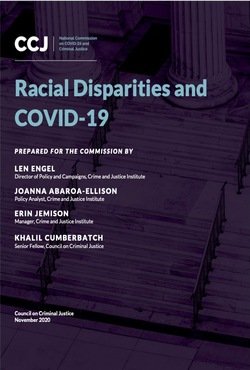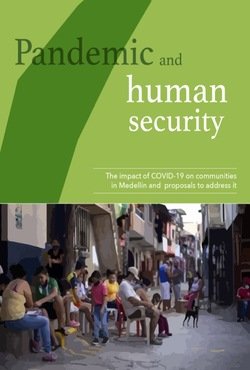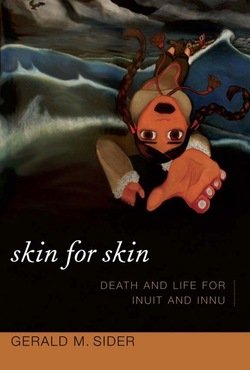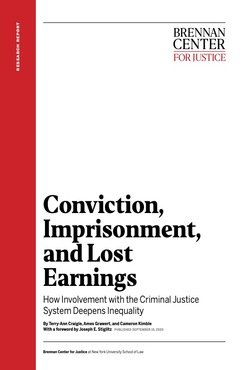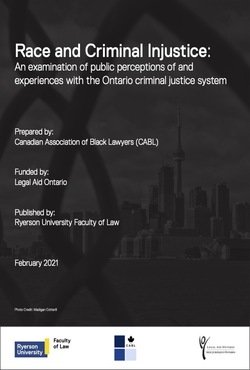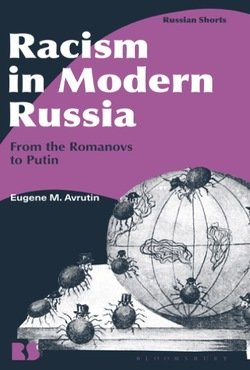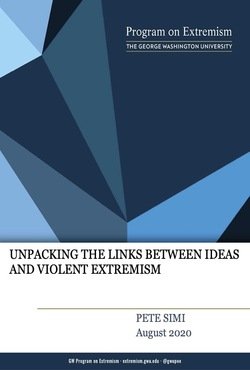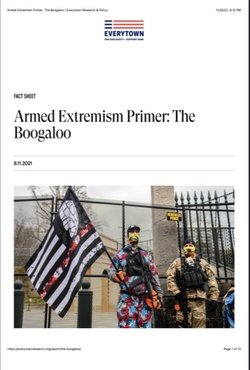By Len Engel, Joanna Abaroa-Ellison, Erin Jemison, and Khalil Cumberbatch
People of color in the United States, especially poor people of color, are disproportionately affected by crime, the criminal justice system, and COVID-19. More than seven months into the pandemic, data remains scarce. COVID-19 – in its impact as well as in approaches to try to curb its spread – has exposed and may have exacerbated existing racial imbalances in the criminal justice and healthcare systems. This report reviews racial disparities in health and criminal justice outcomes and explores, as well as possible, how those same disparities have been affected by the COVID-19 pandemic. It also highlights the need for clear, consistent data regarding the impacts of COVID-19 on justice populations in order to inform decisions about how to address racial disparities during and after this health crisis.
Washington, DC: Council on Criminal Justice, 2020. `1p.


